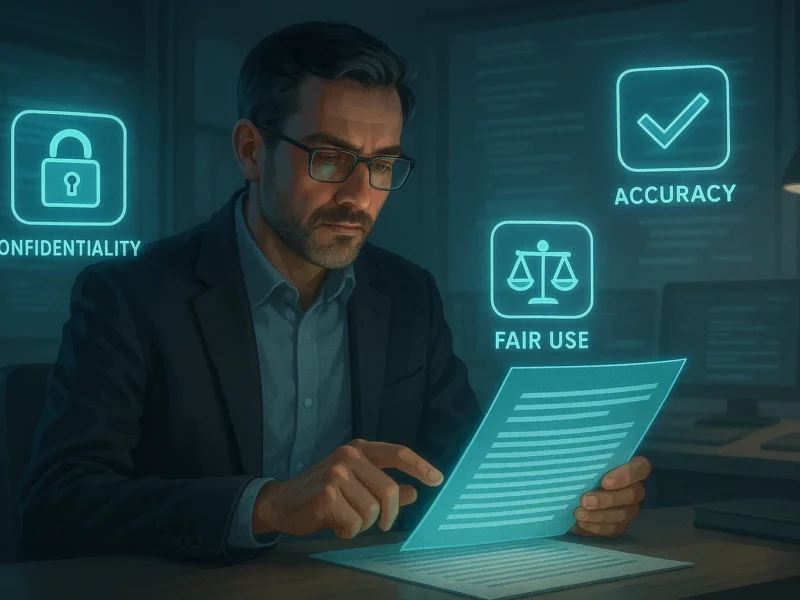Secondary data has become a cornerstone of modern social science. Governments, organizations, universities, and digital platforms generate enormous datasets that researchers can analyze to answer important questions about society, culture, health, behavior, and policy. But with access comes responsibility. Understanding secondary data ethics is crucial for protecting participants, maintaining research integrity, and conducting socially responsible scholarship.
This guide explores the ethical issues involved in using secondary data, including privacy, consent, data governance, bias, and responsible interpretation.
What Is Secondary Data in Social Science Research?
Secondary data refers to information originally collected by someone else for a different purpose. Common sources include:
- Government datasets
- Census data
- Social media platforms
- Online behavioral data
- Institutional records
- Surveys and polls
- NGO databases
- Academic repositories
- Open-access datasets
- Historical archives
Secondary data is powerful because it saves time, reduces costs, and enables large-scale analysis. But it also raises complex ethical questions.
Why Ethics Matter in Secondary Data Research
Secondary data often includes sensitive information about people’s:
- Demographics
- Health
- Income
- Location
- Behavior
- Political opinions
- Social identities
Even when anonymized, datasets can reveal patterns that affect real communities. Ethical misuse can lead to:
- Privacy violations
- Harm to marginalized groups
- Misinterpretation of data
- Reinforcement of stereotypes or bias
- Breaches of consent
- Misleading conclusions with real-world consequences
Social science research must balance accessibility with protection.
Key Ethical Issues in Using Secondary Data:
1. Informed Consent
A central question:
Did participants originally consent for their data to be used in research?
Types of consent scenarios:
✔ Explicit consent
Participants knowingly agreed to future research use.
✔ Broad consent
Participants allowed unspecified future research (common in institutional datasets).
✔ No consent
This occurs in:
- Web scraping
- Social media data collection
- Leaked or republished datasets
Using data without consent can violate research ethics, even if the dataset is publicly accessible.
2. Privacy and Anonymity
Secondary datasets are often anonymized—but not always safely.
Risks include:
- Re-identification through combined datasets
- Location triangulation
- Unique demographic combinations
- Predictive profiling
Ethical research requires minimizing the chance that individuals or groups can be identified indirectly.
3. Data Quality and Bias
Secondary data reflects the perspective and goals of its original collectors.
Common problems:
- Sampling bias
- Non-representative populations
- Missing variables
- Measurement errors
- Cultural or institutional bias
- Algorithmic bias in digital platforms
Researchers must check:
- Who collected the data
- Why it was collected
- What biases the collection method introduces
Misinterpreting biased data leads to flawed conclusions.
4. Fair Interpretation and Harm Reduction
Secondary data can unintentionally:
- Mislabel communities
- Reinforce stereotypes
- Misrepresent vulnerable groups
- Influence unfair policy decisions
- Produce culturally insensitive findings
Researchers have a responsibility to:
- Avoid harmful framing
- Contextualize results
- Engage with affected communities where possible
- Consider potential real-world consequences
5. Data Ownership and Licensing
Just because data is available does not mean it is ethically or legally free to use.
Researchers must check:
- Dataset licenses
- Institutional access restrictions
- Limitations on redistribution
- Whether commercial use is allowed
Violating licensing agreements can damage academic credibility and violate the law.
6. Responsibility When Using Social Media Data
Social media datasets are increasingly used in social science.
Ethical dilemmas include:
- Are public posts “fair game”?
- Do users understand that their content may be analyzed?
- Are minors included unknowingly?
- Can sensitive content (trauma, illness, abuse) be ethically analyzed?
Researchers must apply additional care when using digital data that was not created for scientific purposes.
Ethical Frameworks for Using Secondary Data
Several established bodies provide strong guidelines for secondary data ethics:
1. Belmont Report Principles
- Respect for persons
- Beneficence
- Justice
2. APA & ASA Ethics Codes
- Protect confidentiality
- Avoid harm
- Ensure accuracy
- Minimize bias
3. GDPR (Europe)
- Data minimization
- Lawful processing
- Right to erasure
- Purpose limitation
4. Institutional Review Boards (IRBs)
IRBs increasingly require justification for:
- Data origin
- Consent conditions
- Privacy protections
- Potential risks
Responsible researchers must understand these frameworks before analyzing secondary data.
How to Use Secondary Data Ethically
1. Verify the Source and Legitimacy of the Data
Ask:
- Who collected this?
- For what purpose?
- Under what ethical conditions?
Avoid using:
- Leaked datasets
- Unsanctioned data dumps
- Unverified scraped datasets
2. Assess Whether Consent Was Given
Review:
- Consent statements
- Dataset documentation
- Data release notes
- Ethical use guidelines
If in doubt, consult your IRB before proceeding.
3. Protect Anonymity and Sensitive Information
Always:
- Remove identifiers
- Avoid publishing small subgroup results
- Mask sensitive variables
- Use aggregated data where possible
Protect vulnerable populations from harm.
4. Evaluate Bias and Limitations Transparently
A strong ethical paper acknowledges:
- What the data cannot tell you
- Potential biases
- Context that may be missing
- Limitations of original methodology
Transparency builds trust.
5. Avoid Overclaiming or Misrepresenting Findings
Secondary data often lacks context.
Claims must be supported only by what the dataset legitimately captures.
Avoid:
- Causal claims from correlational data
- Overgeneralization
- Cultural misinterpretation
- Deterministic framing
6. Follow Licensing Rules and Cite Properly
Always:
- Read the dataset license
- Cite both dataset and creators
- Follow repository terms
- Obtain additional permission if required
Responsible use respects intellectual labor.
7. Engage IRBs When in Doubt
Many institutions require IRB approval for:
- Social media data
- Sensitive population data
- Health or demographic information
IRBs help ensure ethical compliance and risk mitigation.
How ResearchPal Helps Researchers Use Secondary Data Ethically
ResearchPal supports ethical secondary data analysis by providing:
✔ Secure analysis environment
Uploaded PDFs and datasets remain private.
Learn more
✔ Paper Insights
Summaries reveal dataset limitations and ethical considerations.
Learn more
✔ Chat with PDF
Allows researchers to examine methodology sections to determine consent and ethical safeguards.
Learn more
✔ Search Papers
Finds similar studies and reveals how they handled ethical issues.
Learn more
✔ Writing Enhancer
Helps you articulate ethical justifications clearly.
Learn more
✔ Citation Generator
Ensures accurate citation of data repositories and authors.
ResearchPal complements ethical decision-making without replacing it.
Learn more
Related Reading (Internal)
From the Web (External)
- APA Ethics Code – Use of Data
https://www.apa.org/ethics/code/ethics-code-2017.pdf - UK Data Service – Ethical Use of Secondary Data
https://ukdataservice.ac.uk/learning-hub/research-data-management/ethical-issues/ethical-obligations/
Final Thoughts
Understanding secondary data ethics is essential for conducting responsible, credible, and socially conscious research. While secondary data offers enormous possibilities, researchers must prioritize consent, privacy, fairness, and transparency. Ethical use protects participants, strengthens scholarship, and ensures that research contributes positively to society.


